Seneca Racing’s Team Principal is sanguine in his response to questions about poor results of late.
“Finding a great recipe involves experimentation,” Marcus Ado confidently quips within the Driven to Glory story mode, part of the upcoming racing game from EA and Codemasters, GRID Legends.
While in this instance he’s explaining his struggle to find a competitive second driver for his burgeoning squad, the same is also true for the GRID series of games.
Having struck gold with Race Driver: GRID in 2008, its direct sequel was less effective, missing some features and trying to implement a track generation element. Just one year later, there was the stripped-back GRID Autosport spin-off that we still hold dear – Codemasters spreading the risk across two titles.
The series reboot in 2019, simply called ‘GRID’, tried to tie elements from both GRID 2 and Autosport together and in my view, sadly didn’t quite pull it off.
So now with GRID Legends, we’re back to the drawing board with a more detailed single-player career, vehicle upgrades, team management and – experimentation time – a fictional narrative.
Called Driven to Glory, this story weaves together slickly produced and acted scenes with on-track gameplay.
The cutscenes, if you will, are filmed with mixed reality technology with real-world actors and computer-generated backdrops. The on-track action can be simply a race where your aim is to beat a certain rival, or a mid-scene scenario, picking up after a dramatic happening.
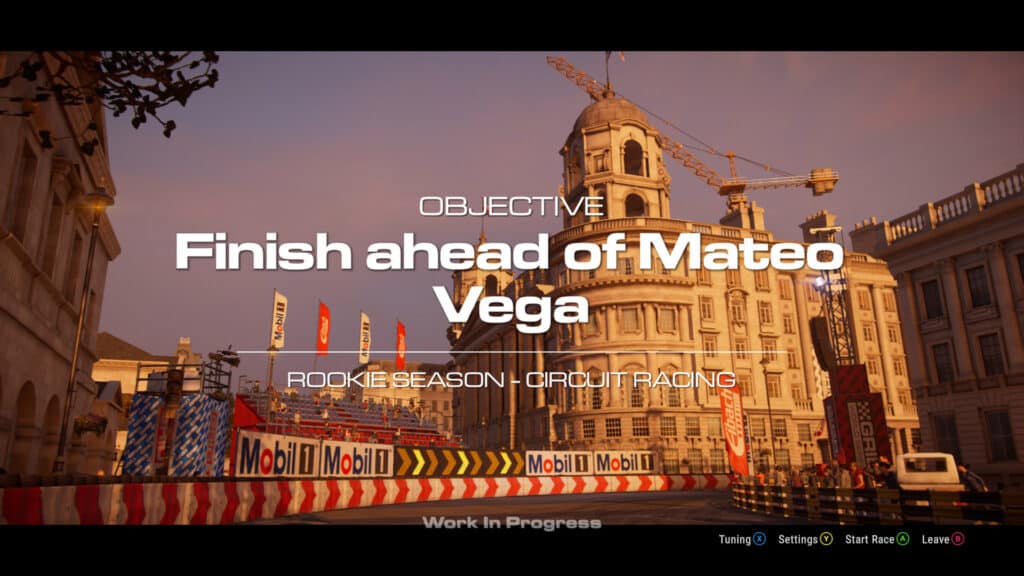
Do not look at me
It all starts with a bang.
Series antagonist Nathan McKane promptly wipes out Seneca driver Yume Tanaka at the new Strada Alpina venue.
Control is then thrust over to you of the sister car with one aim: win the race.
Meanwhile, McKane, who has appeared as your rival in one form or another in every GRID game alongside his team Ravenwest, is ambivalent to the accusations, claiming innocence. You’re definitely meant to hate him.
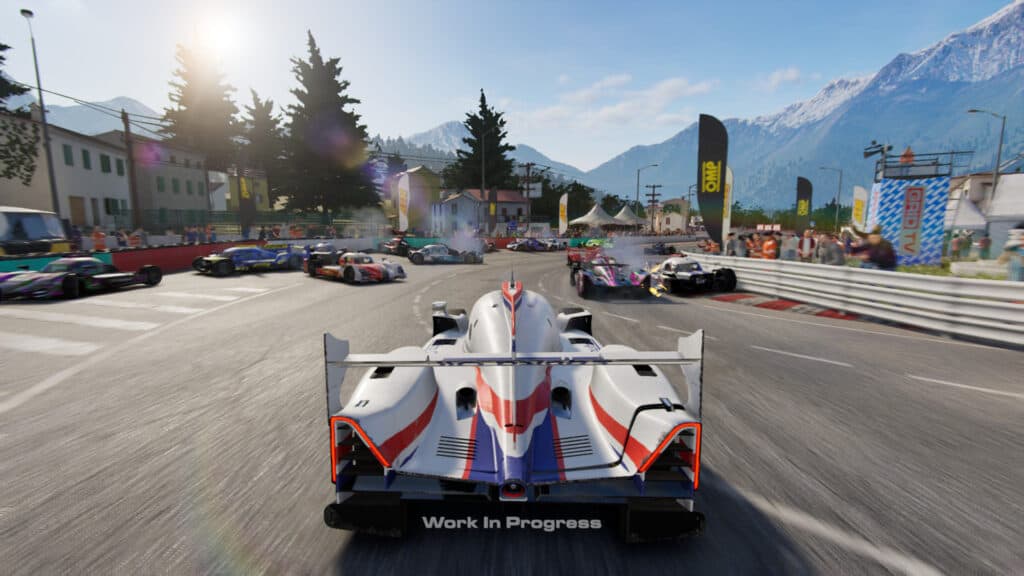
Thus begins our story, rewinding 16 months to when Ado is looking for a replacement second driver to sit alongside Tanaka well ahead of the dramatic events we’ve just witnessed. As luck would have it, that’s going to be you.
You play as the faceless ‘Driver 22’ who is, somewhat predictably, trying to make their way from impressing as a test driver to becoming, presumably, the champion or at least fighting McKane for overall GRID World Series glory.
Imitation is the sincerest form of flattery
For this hands-on preview, we were able to play through the first six events of Driven to Glory using a gamepad and a pre-release, not complete, version of the new game. The final release version of the story is said to last between eight and ten hours depending on difficulty and final tweaks.
To be clear, this sits alongside a much longer career mode, race creator and online options, the developers envisioning you play through this first before diving into the rest of the game. Think of it as an aperitif before a delicious meal.
There is some impressive talent involved in the creation of this story, such as acclaimed actor Ncuti Gatwa, but at this early stage, his character isn’t central to the story just yet.
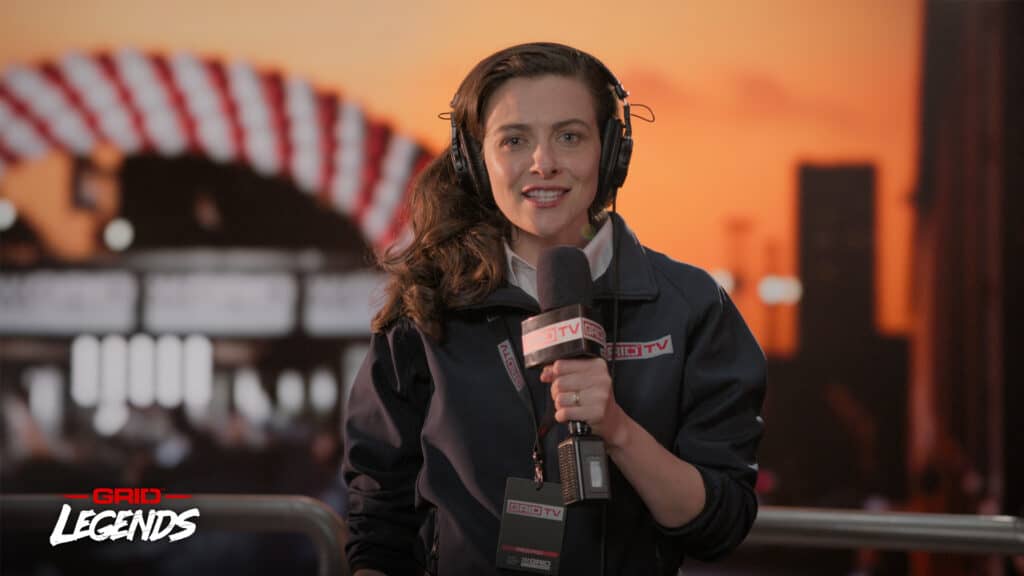
What we do see is the introduction of journalist talking heads doing their level best to impersonate Jennie Gow and Will Buxton from Netflix’s behind-the-scenes Formula 1 show Drive to Survive.
The similarities are stark, the copying unabashed. GRID Legends Creative Director Chris Smith stated on the Traxion.GG Podcast recently:
“Once we’d got [all the elements], we started to think about how we were going to show this story. We realised everyone was watching Drive to Survive. My sister has never been into F1, but I finally got her into it by watching Drive to Survive.
“What really brings people in is not just the driving, but the relationships between the characters and the teams.”
Using tracing paper over the top of the Netflix show is no bad thing, after all, the positive feedback for that style of programming is largely unanimous.
However, wanting to replicate it within a video game and actually pulling it off are two very different things. Get it wrong, and you could end up with something like that other Netflix motorsport show – Kevin James’ turgid The Crew.
Character development
Who am I kidding, even a five-year-old could write a better script than The Crew, thankfully.
Regardless of what happens towards the end of this story, from what we’ve seen already, it’s already laps ahead.
But I should say, the tale alone hasn’t fully convinced me yet. These early events are setting the scene, and with the main characters absent so far, I’m intrigued if not enthralled so far.
Until I get to know the personalities more, the verdict is out.
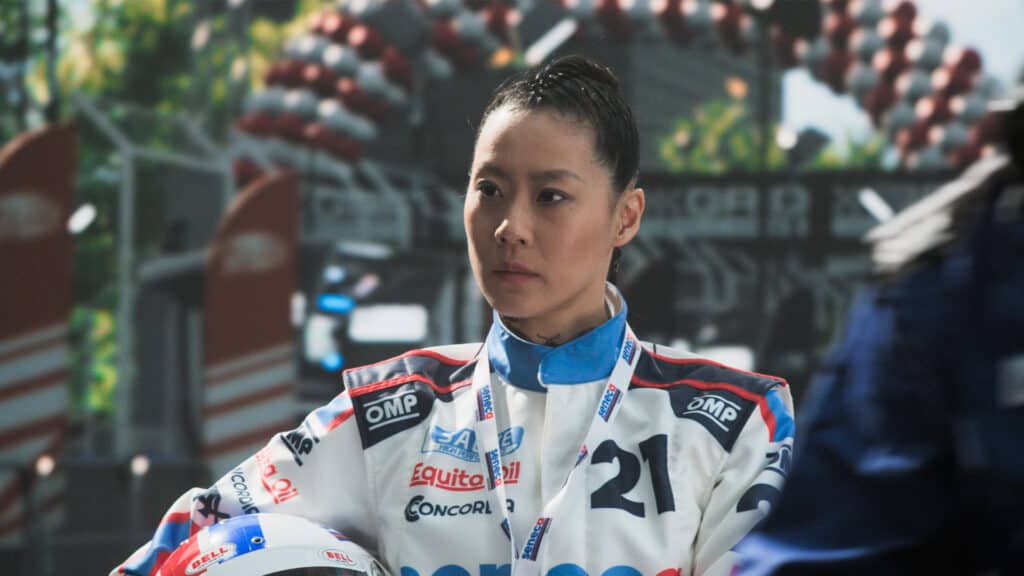
I need to draw a comparison to Braking Point – F1 2021’s similar story mode, also created by Codemasters, albeit a different team. While it uses the game engine to deliver the story scenes, it also included your own space in-between the action where you could read a faux Twitter feed and email inbox.
Easy to dismiss as an unnecessary frippery, if you spent time answering your phone and browsing social media, I felt like it added a greater sense of context to proceedings. As it stands in this early version of GRID Legends, there isn’t an equivalent here.
The main omission so far, in comparison, is in the Formula 1 game I was playing as a named, faced and voice character – Aiden Jackson – and thus I felt more inclined to care more about their plight than Driver 22’s.
We’ll have to see closer to launch whether that remains the case with Driven to Glory.
The racing
Where the jury isn’t out is the on-track variety, which remains as vivid and as wildly differentiated as a Bong Joon Ho movie.
You go from racing an Audi TCR around the streets of London to a Ford GT around the Yokohama Docks. Throw into the mix different race types, such as Elimination and Mult-Class and the racing is never dull.
I found that as we approach release, the handling model has seen further refinement. We said in our December hands-on that gone where the thankfully lethal kerbs of 2019’s GRID and “cars feel more planted, with a greater sense of weight and individuality between the wildly different types. Getting to grips with each is surprisingly challenging.”
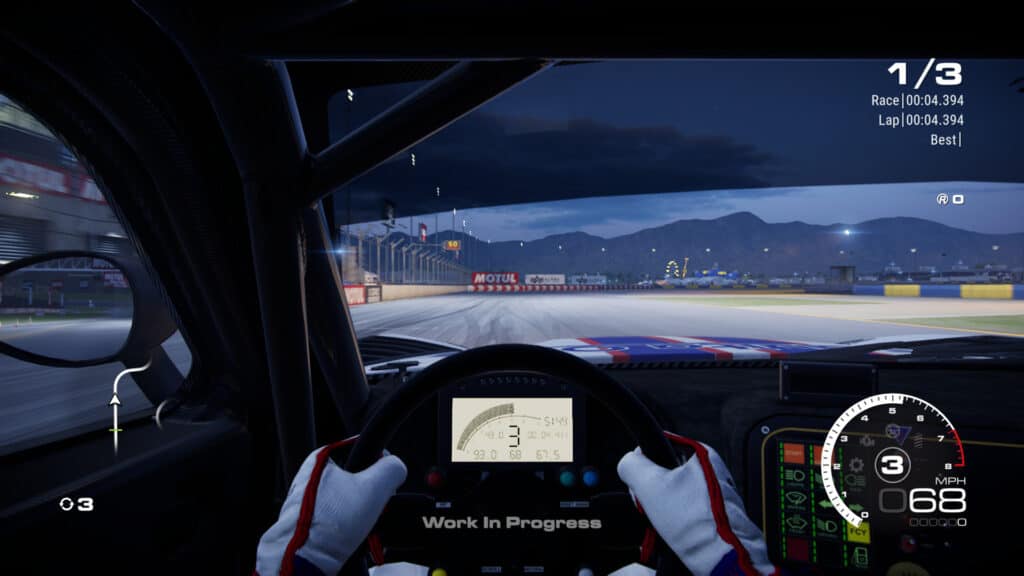
The latter element has taken another step up. Enter a corner two quickly in an open-wheeler and you will spin. Punching the throttle too early out of a corner will have the same result. There’s nuance here, perhaps more than you may expect given the game’s lack of serious pretensions.
This will divide some players, I’m sure, as you will have to learn each characteristic, patience can is key. But also, the driving assists do a good job of keeping things in check should you find it initially intimidating.
Besides, a learning curve provides longevity.
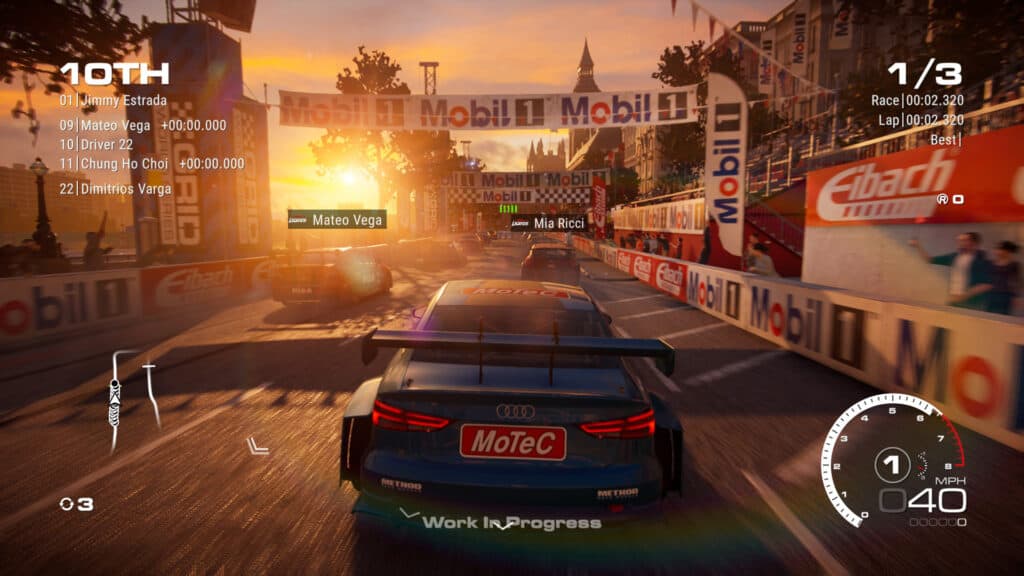
When you find a rhythm and remember where each track goes next, the racing is intense, the rewind button as useful as ever and the visuals are alluring – despite this game’s Ego engine dating back, following serious revisions admittedly, to 2007.
While I am looking forward to seeing how Driven to Glory progresses and I did enjoy my brief time with it, it’s the driving that is the main hook so far with GRID Legends. It reminds you that racing games don’t have to be so po-faced, and I think we can all agree about that.
GRID Legends launches 25th February for PC (Steam and Origin), PlayStation 4, PlayStation 5, Xbox One and Xbox Series X|S. We’ll have more about the game soon.
As a bonus easter egg, the initial story scenes in GRID Legends features car number 71. That same number was used in F1 2021’s Devon Butler. Coincidence, or a knowing reference? Let us know your thoughts in the comments below.
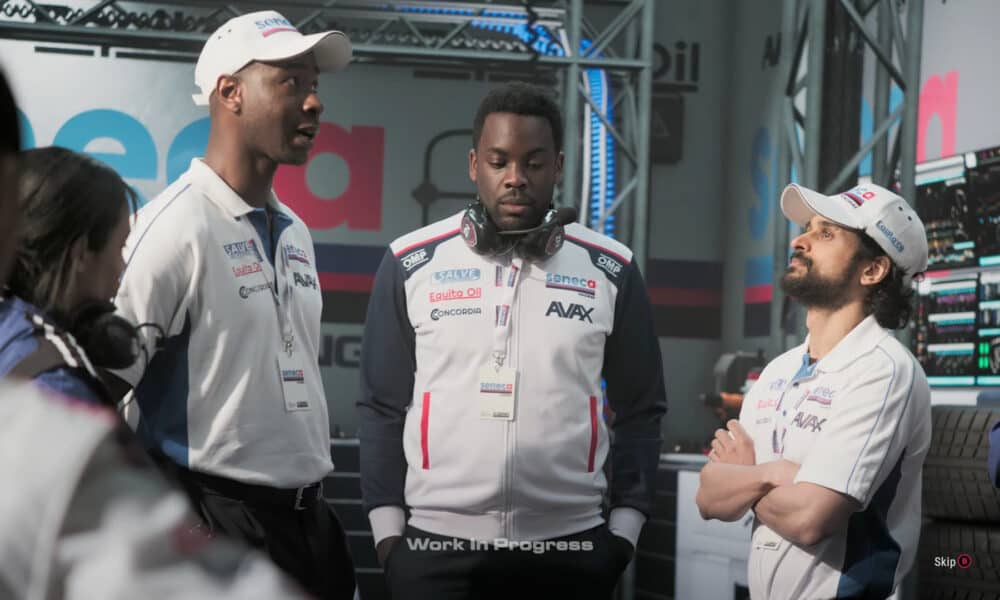



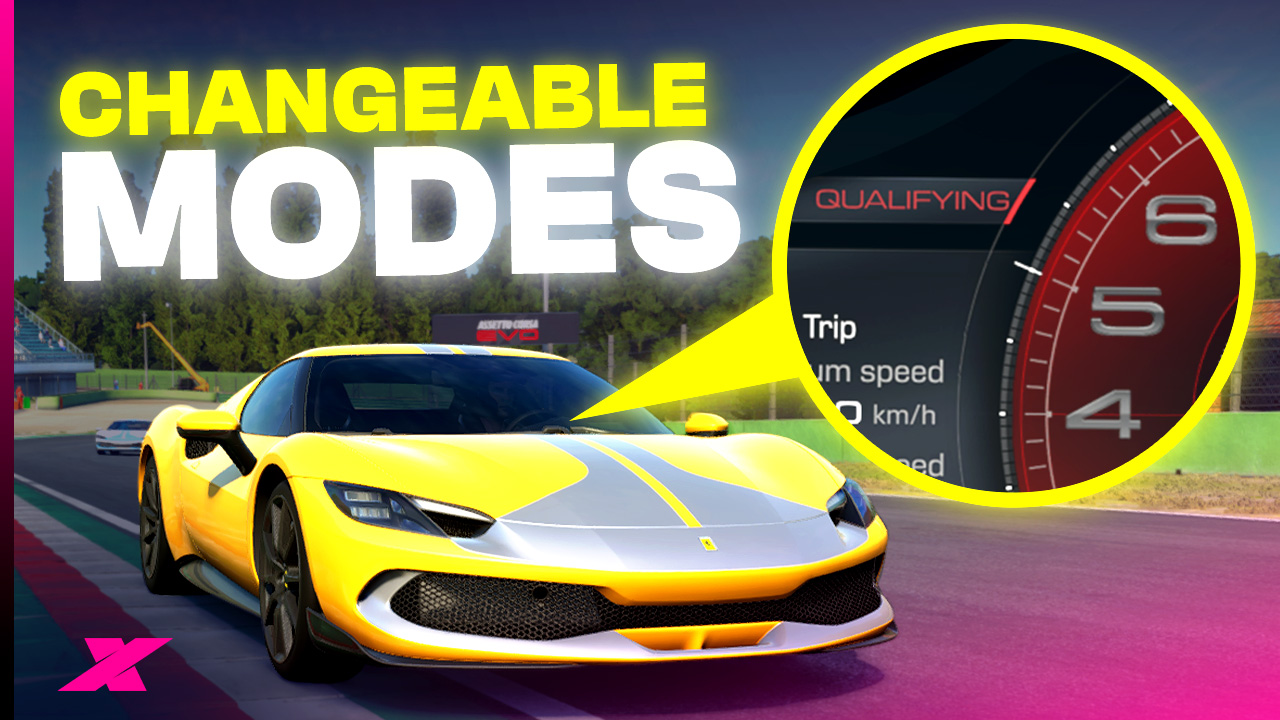
Chat with the Community
Sign Up To CommentIt's completely Free